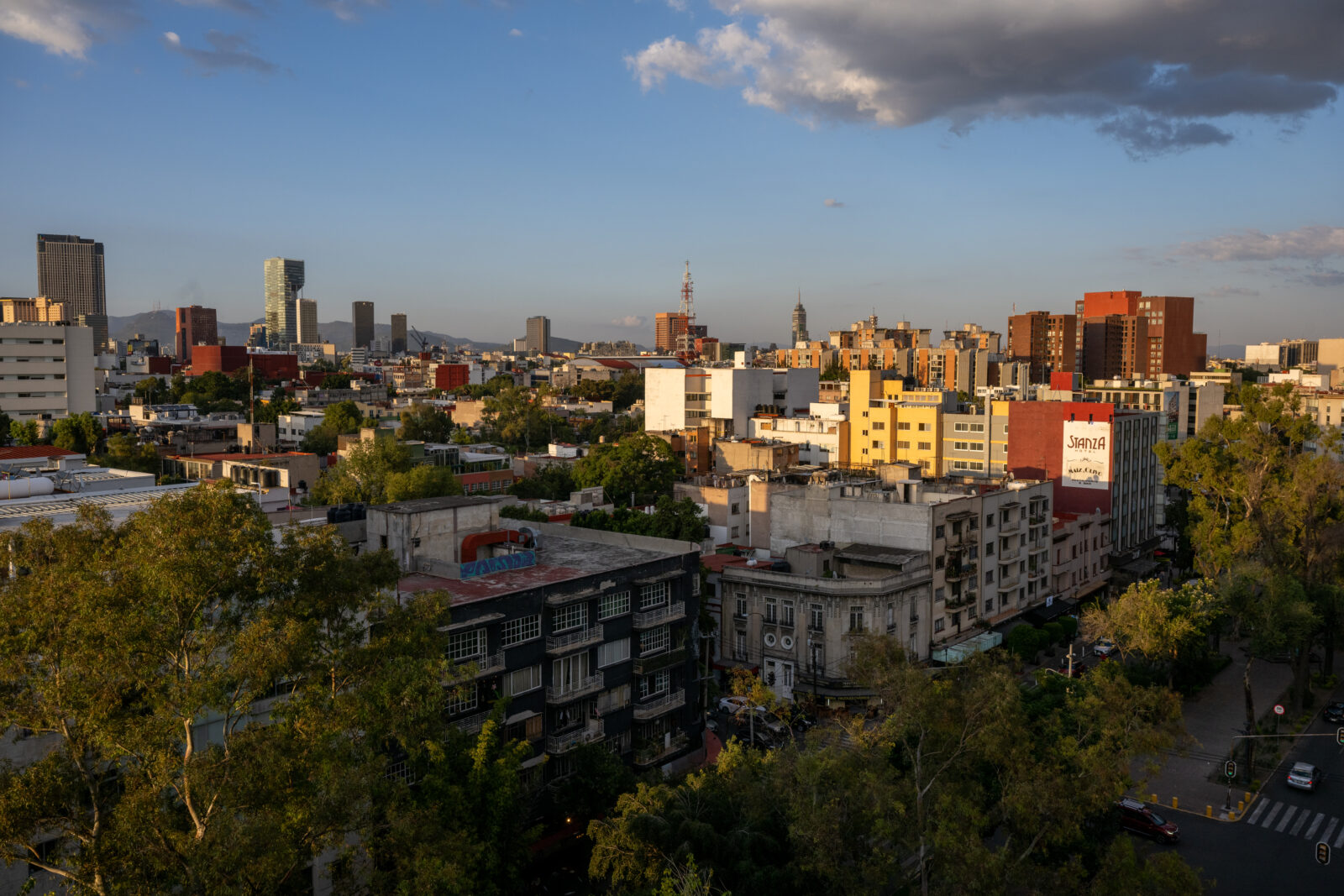The beauty of Mexico’s people, especially those in its heart, Mexico City, captivates attention. A journey through its lively streets and close-knit neighborhoods greets visitors with warmth, expressed through welcoming smiles and friendly nods. The role of U.S. Soy in shaping the lifestyle and bolstering the economy of Mexico is also increasingly apparent.
Soy powers daily life through protein rich products and meats. Visits to vibrant markets, sharing a family dinner and eating at a trendy restaurant are several ways that U.S. Soy is present in these communities. Just like in the United States, soy is everywhere, especially in Mexico City, North America’s largest city.
North America’s largest city
Mexico City is the most populous city in Mexico, with over 9 million inhabitants. This sprawling metropolis is vibrant and rich in historic significance, with its roots dating back to the formidable Aztec Empire. The city is a treasure trove of art, culture, and history. Immersing yourself in neighborhoods gives visitors an intimate peek into the lives of the people of Mexico City. U.S. Soy is impacting the daily lives of Mexico City’s residents and people across the country. Establishing itself as a dietary staple, it not only enriches their meals but also nourishes their culture, contributing to the vitality of the city.
The bustling metropolis that is Mexico City isn’t just a powerhouse in economic terms. It’s also a cultural center where influences from around the world mingle and flourish. But one that has been growing steadily, benefitting not only the economy but also the lives of the people, comes from an unlikely source: U.S. Soy.

U.S. Soy: An Economic Powerhouse
U.S. Soy exports to Mexico have been an economic boon. Not only do these imports generate significant revenue, but the soy itself, being a versatile product, finds numerous applications across various sectors – from the food industry to livestock feed, and even in the production of biofuels.
Mexico ranked third among U.S. agricultural export markets in 2020, with exports reaching $18.4 billion. Its economy is the 15th largest in the world and second largest in Latin America. Mexico is the second largest U.S. soybean market overall and a major market for soybean meal and oil.
U.S. Soy also plays a role in the cultural exchange between Mexico and the United States. The importation of U.S. Soy creates economic opportunities and strengthens trade relations between the two countries. This exchange of goods fosters cultural understanding and collaboration, as it encourages dialogue and interaction between Mexican and American businesses. By incorporating U.S. Soy into their daily lives, the people of Mexico City are not only enjoying its benefits but also participating in a broader cultural exchange that enriches the city’s cultural fabric.
Picu, a chain of health and beauty stores in Mexico City, proudly uses soy in their body products. Picu sells toxic-free natural products with the customer’s individual needs in mind. Picu is focused on personal care products for daily use.

“What we do is customize body, hair and skin care products according to your needs,” Mayte Yescas Frangos, owner of Picu store in Mexico City, says. “You can choose the product you want and the benefits from each botanical ingredient like the soy, so you can pick different benefits according to your needs.”

A Wealth of Health Benefits
The influence of U.S. Soy goes beyond economics. It has also become a key player in the health and wellness scene in Mexico City. The city’s residents have started incorporating soy into their daily diets, taking advantage of its numerous health benefits. Soy is rich in protein, low in saturated fat, contains heart-healthy omega-3 fatty acids and may also have a beneficial effect on blood pressure, osteoporosis, and cholesterol levels.
Soy-based products, such as soy milk and tofu, are rich in protein and essential nutrients. These products offer a nutritious and sustainable alternative to animal-based protein sources. By incorporating U.S. Soy into their diets, residents of Mexico City can lead healthier lifestyles, which in turn positively impacts their overall well-being.

Mexico City is renowned for its cuisine. Restaurants like El Turix, La Docena and El Cardenal are some of the best restaurants in the country and are highly regarded on the world stage. Soybeans have powered livestock and aquaculture feed for decades in Mexico, helping to bring great tasting meat to the masses.
The integration of soy into traditional meals not only enhances heartiness and enhances taste, but also creates new, exciting experiences for locals and tourists alike. The use of U.S. Soy adds a unique flavor profile, which allows local chefs to experiment with traditional dishes and innovate fusion cuisines.
Soy is also an economical ingredient with long-established uses in the baking industry. Since the early 1980s, Mexico has used soy flour to make tortillas and other baked goods. Soy flour offers both functional and nutritional benefits for baking. It is approximately 50 percent protein, compared to wheat flour, which varies from 9 to 12 percent protein.
U.S. Soy’s sustainability messaging is resonating with Mexican customers
When it comes to sustainability, forward-thinking Mexican companies like Proteinol understand their customers’ desires for sustainable products. Currently, Mexico has three licenses for the Sustainable U.S. Soy (SUSS) Label, including Mexico’s largest crusher. Sustainability is reshaping the industry landscape in Mexico for the better.
As Mexico City continues to thrive as a bustling metropolis, U.S. Soy will continue to play a vital role, contributing to the economic, health, and cultural tapestry of the city.
